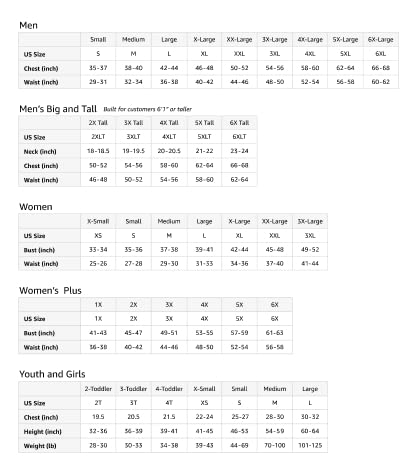Price
Relational Suicide Assessment: Risks, Resources, and Safety Possibilities
A Relational Approach to Evaluating Your Suicidal Clients
Clinicians conducting a suicide assessment often find themselves developing tunnel vision, becoming overly focused on the client's individual risk factors, given the isolating nature of suicidal ideation and actions. Although critically important to explore, these risks and the danger they pose cannot be fully appreciated without considering them in relation to the person's resources for safely negotiating a pathway through their desperation. Moreover, these intrapersonal risks and resources must be understood in context, in relation to the interpersonal risks and resources contributed by the client's significant others.
In this book, Drs. Douglas Flemons and Leonard M. Gralnik, a family therapist and a psychiatrist, provide a comprehensive relational approach to suicide assessment. The authors offer a Risk and Resource Interview Guide as a means of organizing assessment conversations with suicidal clients. Drawing on an extensive research literature, as well as their combined 50+ years of clinical experience, the authors distill relevant topics of inquiry arrayed within four domains of suicidal experience: disruptions and demands, suffering, troubling behaviors, and desperation.
Knowing what questions to ask a suicidal client is essential, but it is just as important to know how to ask questions and how to join through empathic statements. Beyond this, clinicians need to know how to make safety decisions, how to construct safety plans, and what to include in case note documentation. In the final chapter, an annotated transcript serves to tie together the ideas and methods offered throughout the book.
Relational Suicide Assessment provides the theoretical grounding, empirical data, and practical tools necessary for clinicians to feel prepared and confident when engaging in this most anxiety-provoking of clinical responsibilities. The authors emphasize the importance of considering the client's resources and interpersonal relationships in addition to individual risk factors, as a means of developing a comprehensive understanding of the client's suicidal experience and identifying potential pathways for safety and resilience.
The book is structured around the Risk and Resource Interview Guide, which serves as a framework for organizing the assessment process. The guide covers four key domains of suicidal experience: disruptions and demands, suffering, troubling behaviors, and desperation. Within each domain, the authors provide detailed guidance on the types of questions to ask, the rationale for exploring these areas, and the implications for safety planning and clinical decision-making.
Beyond the interview guide, the authors also emphasize the importance of empathic communication and joining with the client. Clinicians are encouraged to approach the assessment process with a spirit of curiosity and compassion, seeking to understand the client's unique perspective and experience. The authors provide examples of empathic statements and techniques for building trust and rapport, which are essential for eliciting sensitive information and collaboratively developing safety plans.
In the final chapter, the authors present an annotated transcript of a suicide assessment, which serves to illustrate the practical application of the relational approach. This transcript demonstrates how the clinician navigates the various domains of suicidal experience, attends to the client's resources and relationships, and collaboratively arrives at a safety plan.
Overall, Relational Suicide Assessment offers a comprehensive and nuanced approach to working with suicidal clients. By emphasizing the importance of considering the client's interpersonal context and resources, the authors provide a valuable framework for clinicians to enhance their assessment and intervention skills, and ultimately, to more effectively support individuals struggling with suicidal ideation and behaviors.
product information:
| Attribute | Value | ||||
|---|---|---|---|---|---|
| publisher | W. W. Norton & Company; Annotated edition (April 22, 2013) | ||||
| publication_date | April 22, 2013 | ||||
| language | English | ||||
| file_size | 2385 KB | ||||
| text_to_speech | Enabled | ||||
| screen_reader | Supported | ||||
| enhanced_typesetting | Enabled | ||||
| x_ray | Not Enabled | ||||
| word_wise | Enabled | ||||
| sticky_notes | On Kindle Scribe | ||||
| print_length | 267 pages | ||||
| page_numbers_source_isbn | 0393706524 | ||||
| best_sellers_rank | #1,557,219 in Kindle Store (See Top 100 in Kindle Store) #243 in Psychology eBooks on Suicide #1,874 in Coping with Suicide Grief | ||||
| customer_reviews |
|













